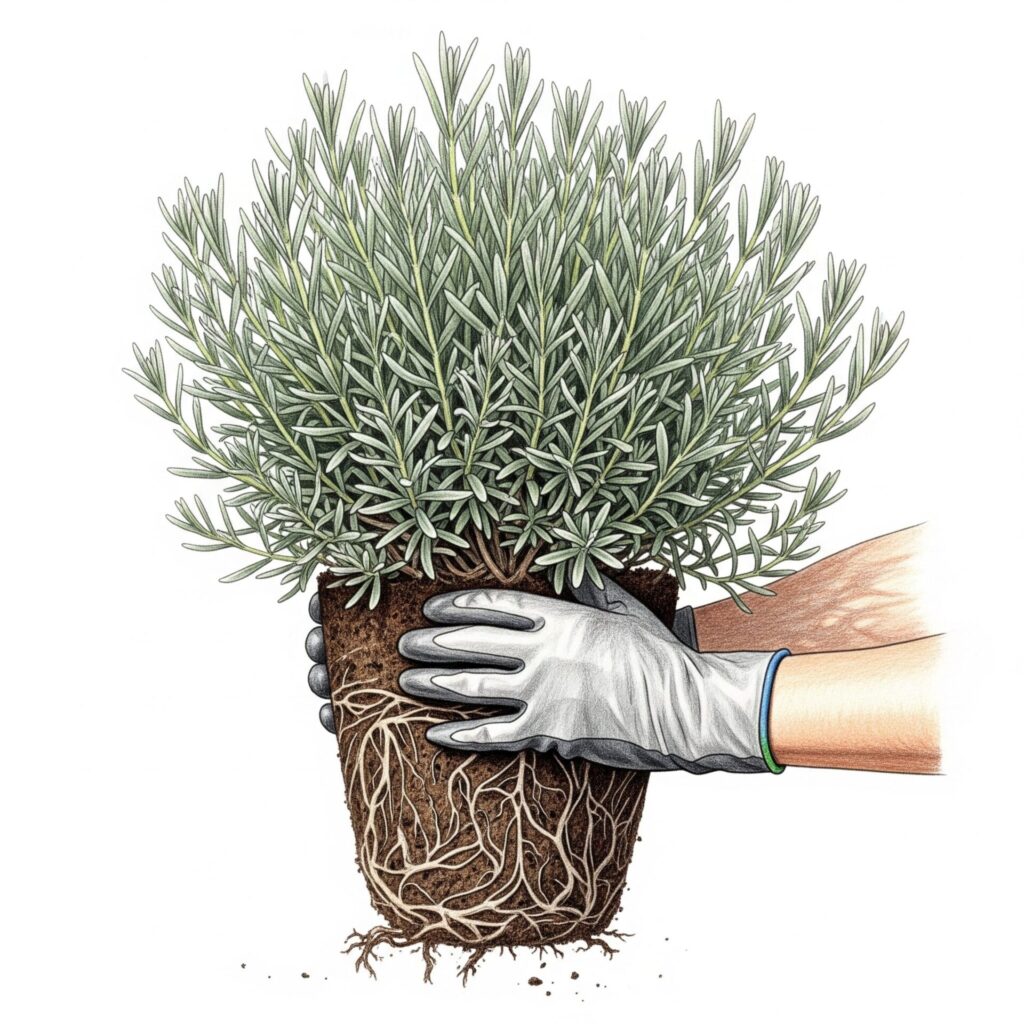
Transplanting lavender can be a delicate process, but with the right timing and technique, you can have a good chance of moving lavender successfully. The best time to transplant lavender is in spring, when the weather is mild and the plant is not actively flowering. This allows the lavender time to establish new roots without excessive weather stress.
Before you begin, prepare the new site. Lavender thrives in full sun and well-draining, slightly alkaline soil. Amend the new planting area with compost or grit to improve drainage if needed. Dig a hole that is twice as wide as the lavender’s root ball and the same depth.
When you’re ready to move the plant, water it thoroughly a day or two beforehand. This helps to hydrate the roots and makes the soil easier to work with. Carefully dig a wide circle around the plant, starting a foot or more away from the base to avoid damaging the roots. Gently lift the entire root ball out of the ground, trying to keep as much of the original soil around the roots as possible.
Place the lavender in its new home, ensuring the top of the root ball is level with the surrounding soil. Backfill the hole with the amended soil, gently patting it down to remove air pockets. Water the plant immediately after transplanting to help the soil settle.
To reduce transplant shock, it’s also beneficial to prune the lavender back by about one-third. This redirects the plant’s energy from supporting the foliage to developing a strong root system. For the first few weeks, water the plant regularly, but be careful not to overwater. Once established, lavender is drought-tolerant, so reduce watering frequency. With a little care, your transplanted lavender will flourish in its new spot.




